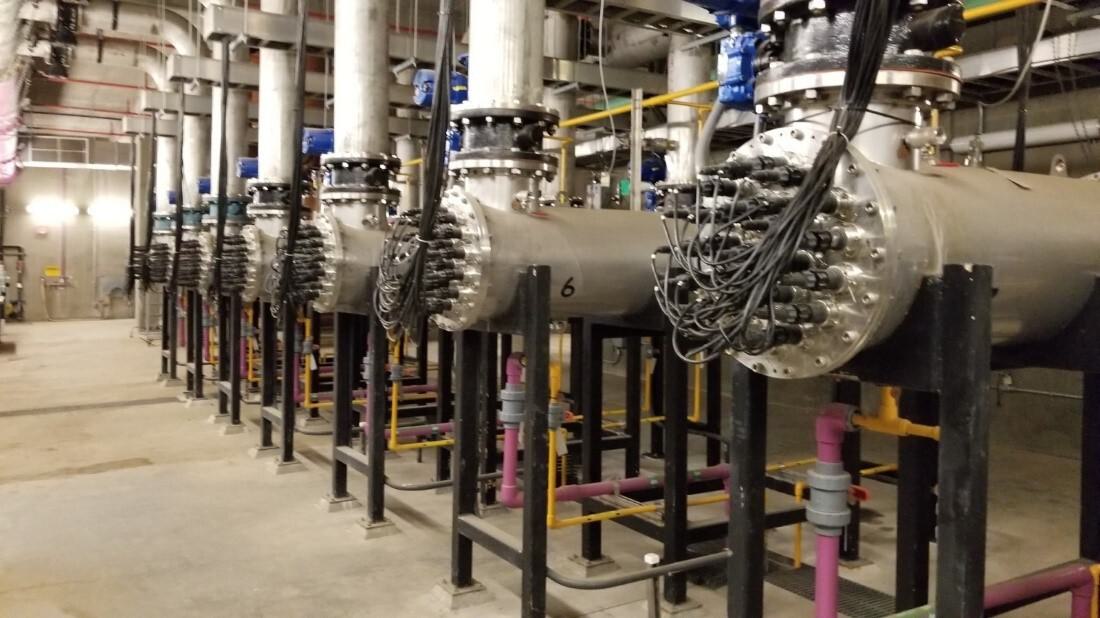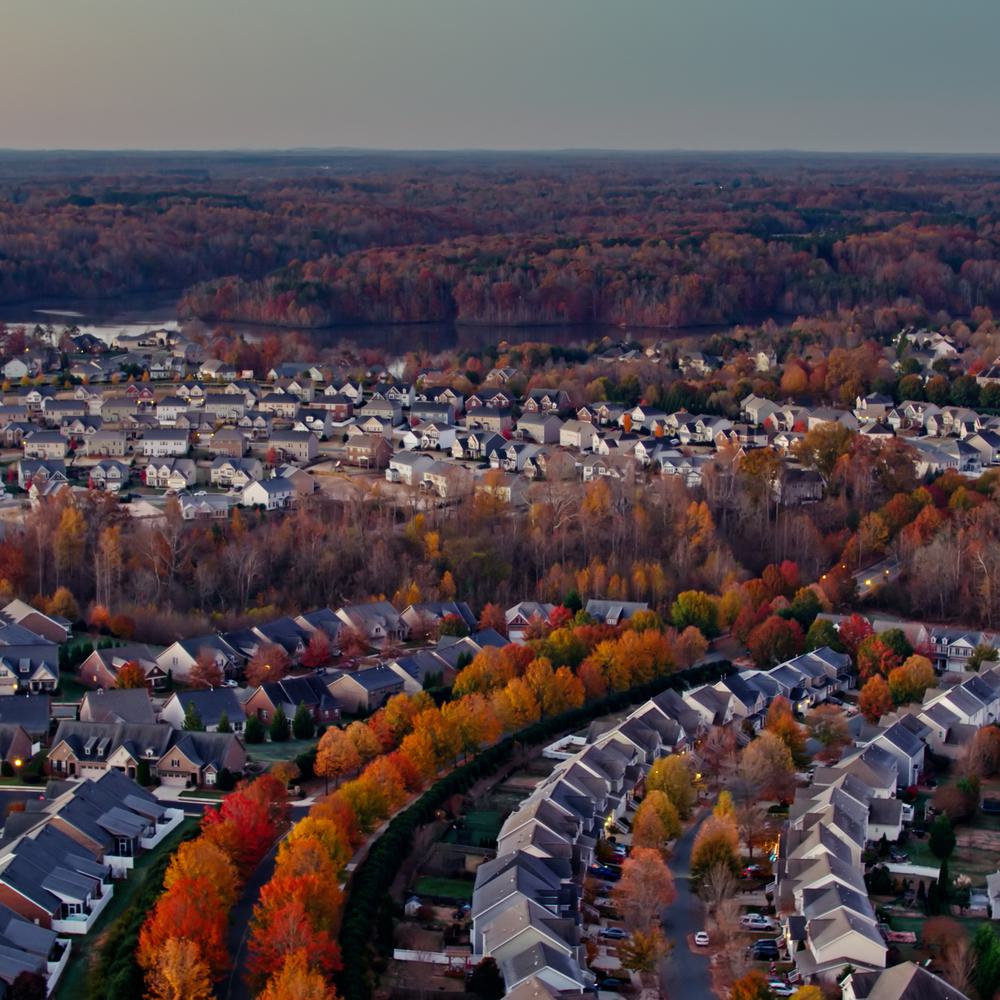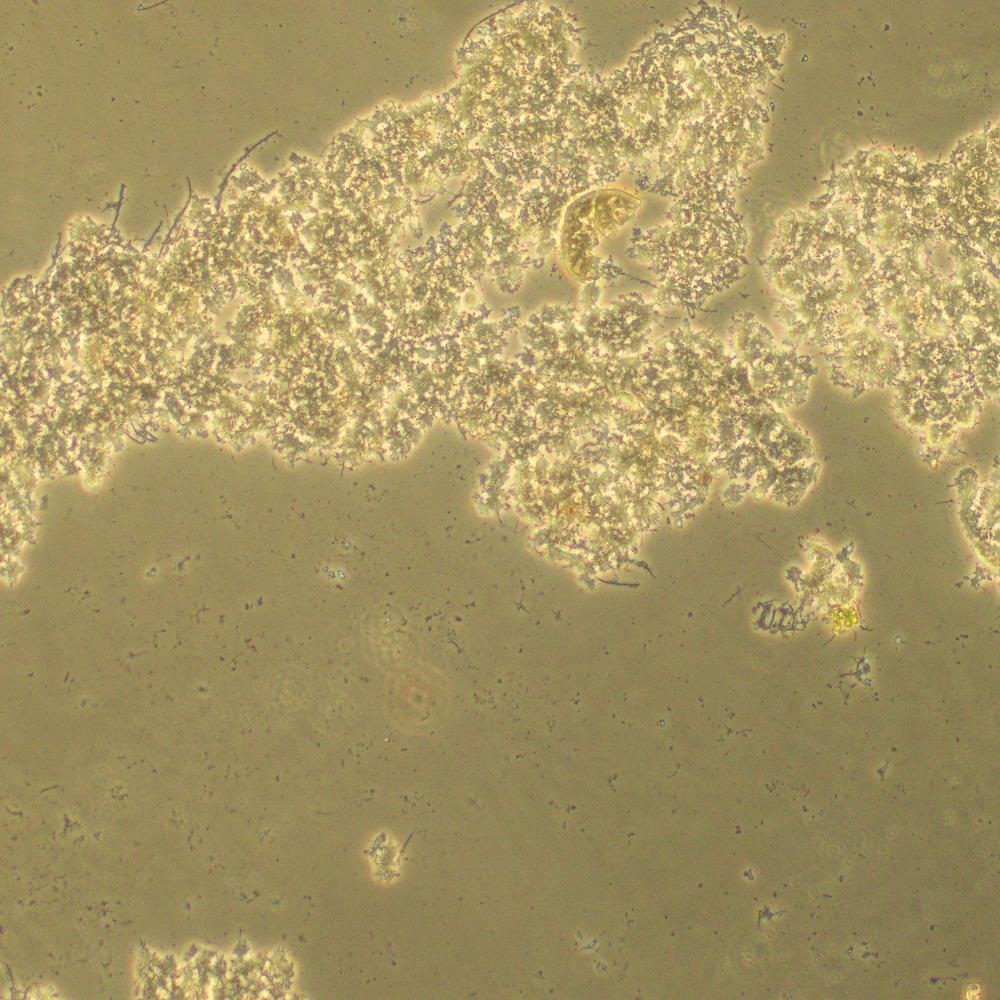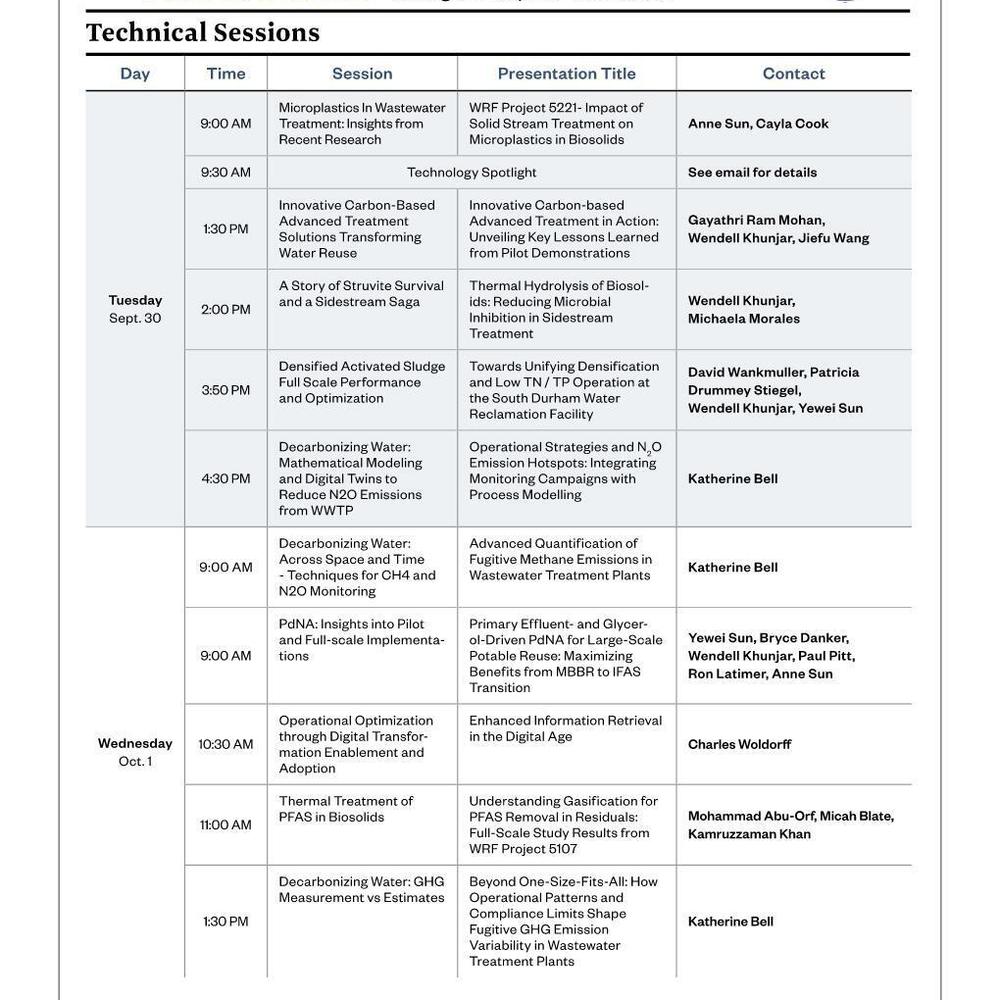Reactivating and Modernizing a Closed Facility to Enhance Water Reuse and Resilience
Hazen is providing design support to upgrade and reactivate an existing membrane bioreactor (MBR) to provide an important alternative source of water in Tempe, Arizona.
At a Glance:
- The recommissioned Kyrene Water Reclamation Facility (KWRF) will bolster Tempe’s water resilience by creating a supply of high-quality reclaimed water to augment the City’s resources, including golf course irrigation, industrial supply for cooling towers, and aquifer recharge.
- Hazen evaluated a wide range of treatment alternatives and determined that restoring existing assets and adding a modernized membrane bioreactor (MBR) system would meet the facility’s needs in a cost-effective manner.
- Upgrading to current MBR technology will offer the same high-quality effluent with lower energy consumption compared to the previous system.

Razhan Kareem is the design manager for the reactivation of the Kyrene Water Reclamation Facility, and manages multidisciplinary water, wastewater, and reclaimed water projects, both domestic and international.
Related Topics:
To fortify its portfolio of water resources and reduce reliance on existing stressed supplies, the City of Tempe will recommission its Kyrene Water Reclamation Facility (KWRF) that has been shut down since 2010. The restored KWRF will provide a supply of high-quality reclaimed water to supplement groundwater, boosting Tempe’s overall water supply by recharging aquifers beneath the city, and providing an alternative water source for landscape irrigation and power generation. Once complete, the modernized KWRF will diversify the City’s water supply portfolio to meet future demands and strengthen the community’s drought resilience.
Like several other municipalities in the greater Phoenix area, Tempe currently sends its wastewater to the regional 91st Avenue Wastewater Treatment Plant in Phoenix for processing. To reclaim a portion of this renewable resource, Hazen is providing engineering studies and design services toward the goal of reusing 4.5 million gallons per day (mgd) of water locally. The Firm used the results of a condition assessment on the existing equipment to determine which assets could be restored and which assets should be replaced or upgraded. This was based on a multi-criteria assessment which balanced capital cost with future opportunity to optimize operations, energy consumption, and water reuse demands.
"This project puts Tempe in an excellent position to leverage a local water resource and contribute to conservation and resilience efforts amid climate change. It will improve our drought resilience at a very crucial time for Arizona water utilities and users.”
~City of Tempe Mayor, Corey Woods
Getting a Closed Facility Back on Track
When retrofitting a decommissioned facility, keys to project success include understanding what equipment is salvageable, what needs to be replaced, and where opportunities for improvement exist. After years of disuse, planners were aware that many key components would need repair or replacement, including membranes, some analyzers, and sections of pipework. Based on a detailed asset condition assessment conducted by a project partner, Hazen compared replacement options using criteria such as cost, space constraints, energy efficiency, expandability, sustainability, permitting needs, and ease of implementation.

UV reactors use Ultraviolet light to inactivate pathogens, providing the level of disinfection needed to meet Arizona Class A+ effluent requirements for aquifer recharge and other uses. These reactors will be rehabilitated and recommissioned in Tempe’s modernized Kyrene Water Reclamation Facility (KWRF).
Modernizing Assets to Match Facility Needs
In addition to cataloging the facility’s equipment, Hazen compared several leading manufacturers of membrane bioreactor (MBR) systems, trains, modules, and cassettes, as well as each vendor’s ability to use the KWRF’s prescreens, permeate pumps, blowers, and controls/integration system.
Hazen’s Water Reuse Practice Leader, Troy Walker, states, “Utilities truly benefit from engineering teams who understand the intricacies of membrane technology and design. At Hazen, we rely on our combined experience to choose the right path forward and safeguard every client’s interests.” After identifying two suitable MBR suppliers, the Firm will now pursue the process of determining the best value.
Equipped with a new catalog of assets, Hazen is leading a redesign and retrofit centered around the appropriate membrane treatment process. Introducing the latest MBR technology to the KWRF’s existing system offers lower operating costs through reduced energy consumption. Soon, the revitalized facility will collect, treat, and recycle wastewater to recharge aquifers beneath the city, irrigate the local Ken McDonald Golf Course, and provide cooling water for the SRP Kyrene Generating Station. The restored KWRF is scheduled to open in 2026.






















